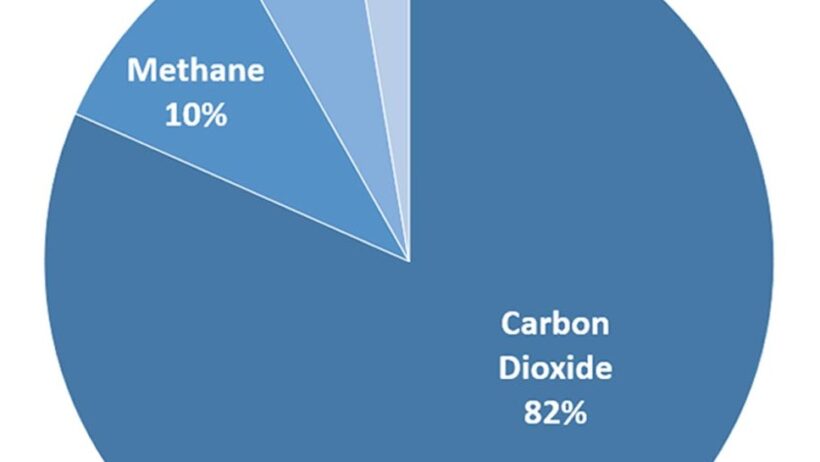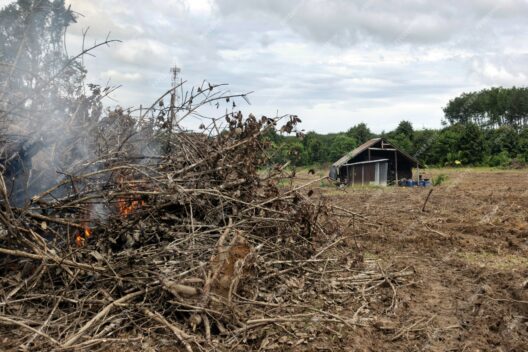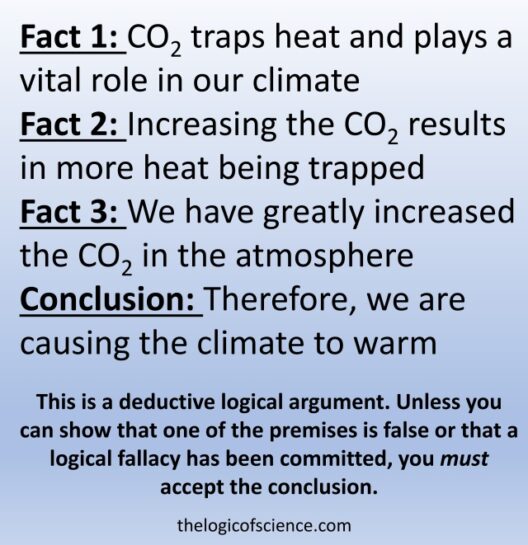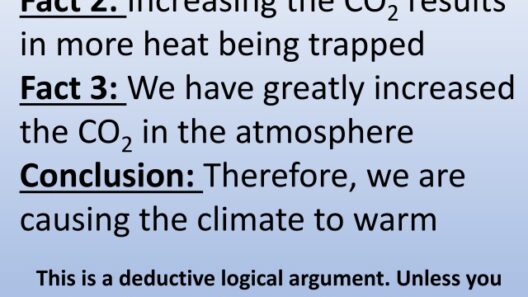The environmental landscape is rapidly changing due to the escalating impact of greenhouse gases (GHGs), with methane (CH₄) and nitrous oxide (N₂O) standing out as some of the most potent contributors. While carbon dioxide (CO₂) often receives the lion’s share of attention, these lesser-discussed gases are equally, if not more, concerning. Indeed, methane possesses a global warming potential that is more than 25 times that of CO₂ over a 100-year period, while nitrous oxide has nearly 300 times that potential. Understanding the origins and implications of these gases is critical for developing effective strategies to mitigate climate change.
Methane, a colorless and odorless gas, is primarily released through agricultural practices, landfills, and oil and gas extraction. Ruminant livestock, such as cattle and sheep, produce methane during digestion through a process known as enteric fermentation. This natural biological process leads to the release of methane into the atmosphere. As the global demand for meat and dairy continues to rise, so too does the necessity for livestock farming, thereby exacerbating methane emissions. Furthermore, waste management systems that are not optimized for anaerobic conditions also contribute significantly to methane emissions, as decomposing organic materials produce methane in landfills.
On the other hand, nitrous oxide is released predominantly from agricultural soils, particularly through the application of synthetic fertilizers. When these fertilizers are used, a portion of the nitrogen does not assimilate into crops and instead undergoes a series of microbial transformations, resulting in the emission of nitrous oxide. This dynamic process illustrates a troublesome irony: as agricultural productivity increases through enhanced fertilizer usage, so too do the emissions of a potent greenhouse gas. Thus, while striving for food security, society inadvertently fuels climate change.
This conundrum invites a deeper examination of the societal practices surrounding agriculture. A glaring observation arises: industrial farming practices frequently prioritize short-term yields over long-term sustainability. This fascination with maximization often blinds farmers and agricultural stakeholders to the long-standing environmental repercussions of their practices. A gradual shift toward regenerative agricultural techniques could mitigate both methane and nitrous oxide emissions. Methods such as crop rotation, cover cropping, and reduced tillage promote soil health and biodiversity. Moreover, these practices can be implemented with existing agricultural frameworks, promising a potential win-win scenario.
Aside from livestock and synthetic fertilizers, the energy sector also plays a critical role in the emissions of methane, with the extraction and transportation of fossil fuels leading to significant leakage. Natural gas, often touted as a cleaner alternative to coal, can pose severe environmental risks if not managed appropriately. Current practices allow for gas flaring and venting during extraction, contributing further to methane emissions. Thus, a thorough audit and enhancement of natural gas operations should become paramount in ensuring a transition away from fossil fuel dependence.
While addressing methane and nitrous oxide emissions at the source, it is crucial to explore the socio-economic dimensions behind these emissions as well. The global population continues to grow, increasing the demand for food, energy, and other resources. The pressing need for sustainable consumption manifests through the lens of equitable resource distribution. Current emissions pathways often reflect and exacerbate pre-existing inequalities. Boundless consumption in affluent nations places disproportionate pressure on the ecosystems and agricultural systems in developing countries. Therefore, climate justice should be incorporated into the dialogue surrounding greenhouse gas emissions.
To address emissions effectively, a multi-faceted approach is necessary. Initiatives focused on technology development, changes in policy, and financial incentives can pave the way toward cleaner agricultural practices. Precision agriculture, for instance, leverages data analytics and technology to optimize fertilizer application, thereby minimizing nitrous oxide emissions. Governments must consider implementing regulations that incentivize farmers to adopt more sustainable practices, reducing the reliance on chemical fertilizers and fostering an environment conducive to organic farming.
The interlinkage of methane and nitrous oxide with climate change also invites us to reconsider our energy sources. Investing in renewables, such as wind, solar, and hydropower, reduces not only carbon emissions but also the conventional energy practices that lead to methane leaks. Renewables stand as a beacon of hope amidst the fog of climate challenges, signaling a brighter future for sustainable energy consumption. Furthermore, transitioning to a circular economy emphasizes resource efficiency, minimizing waste, and maximizing the lifecycle of materials. This approach discourages the unsustainable linear “take-make-dispose” model, significantly curtailing methane emissions from landfills.
In the pursuit of holistic solutions, public awareness is vital. Empowering individuals with knowledge regarding the implications of their dietary choices and consumption patterns can mobilize collective action. Small changes can yield tangible impacts; for example, adopting a plant-based diet or reducing meat consumption can contribute to diminished methane emissions and promote environmental sustainability.
Lastly, the urgency of climate change demands collaboration at international, national, and local levels. Global agreements, like the Paris Accord, call for unified commitments to reduce emissions. However, the execution of local strategies guided by the unique circumstances of each region can tailor broader goals into actionable steps. Mutual cooperation among nations, businesses, and communities creates a comprehensive front against global warming.
In summary, addressing methane and nitrous oxide emissions requires a paradigm shift in agriculture, energy production, and resource consumption. By recognizing the systemic nature of emissions and the intricate factors that underpin them, a transition toward sustainability emerges as not just feasible, but imperative. Only through concerted efforts—rooted in scientific understanding, technological innovation, and public engagement—can we hope to grapple with the complex challenges posed by greenhouse gases. The road ahead is fraught with difficulties, but persistence in collective action may yet yield a sustainable future for our planet.








